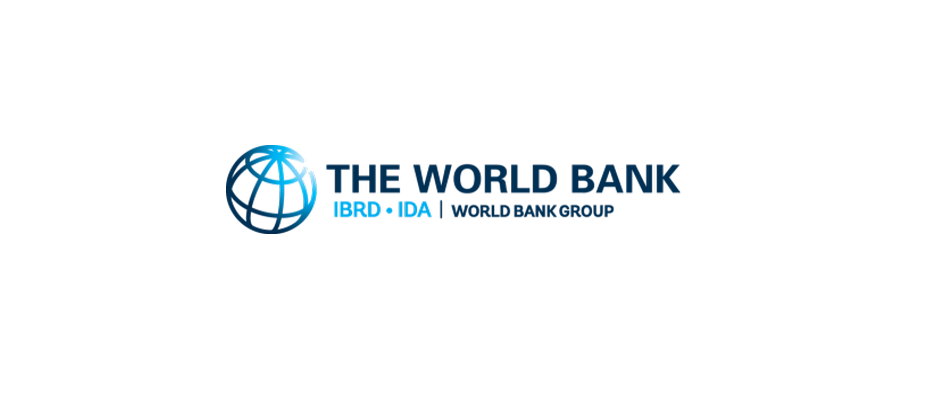
Intergovernmental transfers form the cornerstone of subnational government financing in
most developing and transition countries. The general term “transfers” is often used to
refer to a number of different kinds of public financing instruments, including grants,
subsidies, and even the sharing of tax revenues between central and subnational
governments. Intergovernmental transfers can be used to pursue a variety of public policy
objectives.
This module considers the design of equalization transfer mechanisms. The objective of this module is to make two points. The first point is that there are many different dimensions that should be considered in the design and implementation of equalization transfers, and that the “right” equalization approachfor a countrydepends on the specific objectives that are being pursued. The second point is that all components of intergovernmental relations, including subnational expenditures, revenues, and transfers, should be viewed as a system. Ultimately, the success or failure of a system of intergovernmental transfers lies not in the architectural beauty of the transfer mechanism, but depends on whether the system achieves its specified objectives within the context of a country’s fiscal decentralization policies.
This module was developed for the World Bank Institute’s Fiscal Decentralization Expert Workshop held in Budapest in February 2001 by Jorge Martinez-Vazquez and Jameson Boex at the Andrew Young School of Policy Studies, Georgia State University.
Part One of the module presents the conceptual and theoretical underpinnings that guide
the design of equalizationtransfers as part of a systemof intergovernmentalfiscaltransfers.
Part Two of the module considers how to simulate alternative transfer schemes using an Excel-based fiscal decentralization simulation model (EqualizationModel).
Part Three present case studies of equalization transfers for a number of countries around
the world, including Nigeria, Malawi, Ecuador, the Russian Federation and Latvia.



